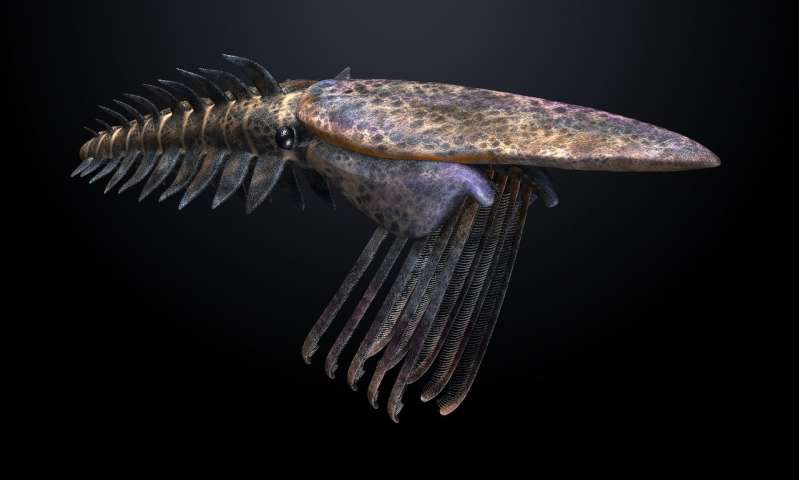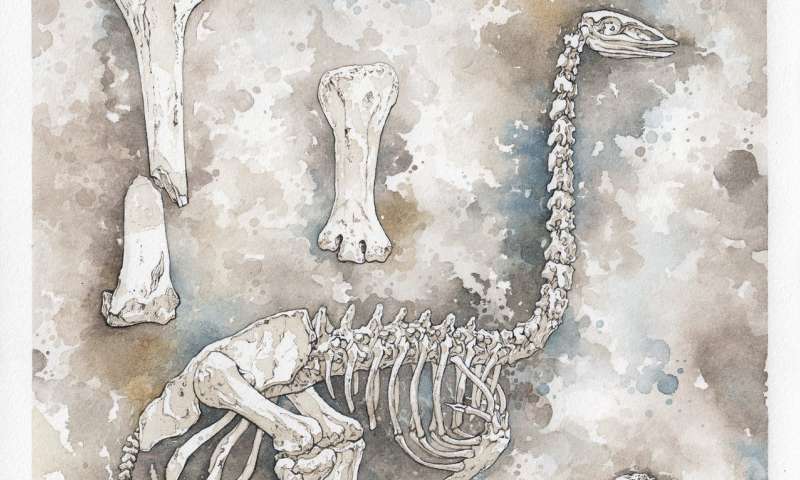At https://phys.org/print456129859.html … a researcher at Oxford's department of zoology in collaboration with an Australian scientist has been looking at fossils from Utah collected 25 years ago and post their findings at Nature Communications (September 2018). Y=The fossil in question if an arthropod, an extinct relative of modern crabs and spiders …
 … the arthropod used a fine mesh to feed on microscopic organisms (small plankton swimming in the Cambrian ocean).
… the arthropod used a fine mesh to feed on microscopic organisms (small plankton swimming in the Cambrian ocean).
At https://phys.org/print455980620.html … bones from the world's largest bird are said to reveal humans were on Madagascar (Malagasy) as early as 10,500 years ago. Madagascar hosted giant tortoise, giant lemurs, hippopotamus, and the so called elephant birds – and they survived until as recently as a thousand years ago. Humans are thought to have arrived about 4000 years ago – at a moment in time when migrations occurred in various other parts of the world. If human co-existed with huge fauna for 3000 years, let alone the 9000 years of the recent theory, why did these large animals disappear in the medieval period? It is suggested there was limited impaact on bioadversity for a long time. Peopl may have primarily lived along the coasts and kept away from the inland regions, as an example. Below is an image of the bones of an elephant bird …
 … the elephant bird bones were found in 2009 in south central Madagascar – in a fossil bone bed. The stuy hypothesises that it was a kill site – but equally the bone bed could have a catastrophic origin.
… the elephant bird bones were found in 2009 in south central Madagascar – in a fossil bone bed. The stuy hypothesises that it was a kill site – but equally the bone bed could have a catastrophic origin.
